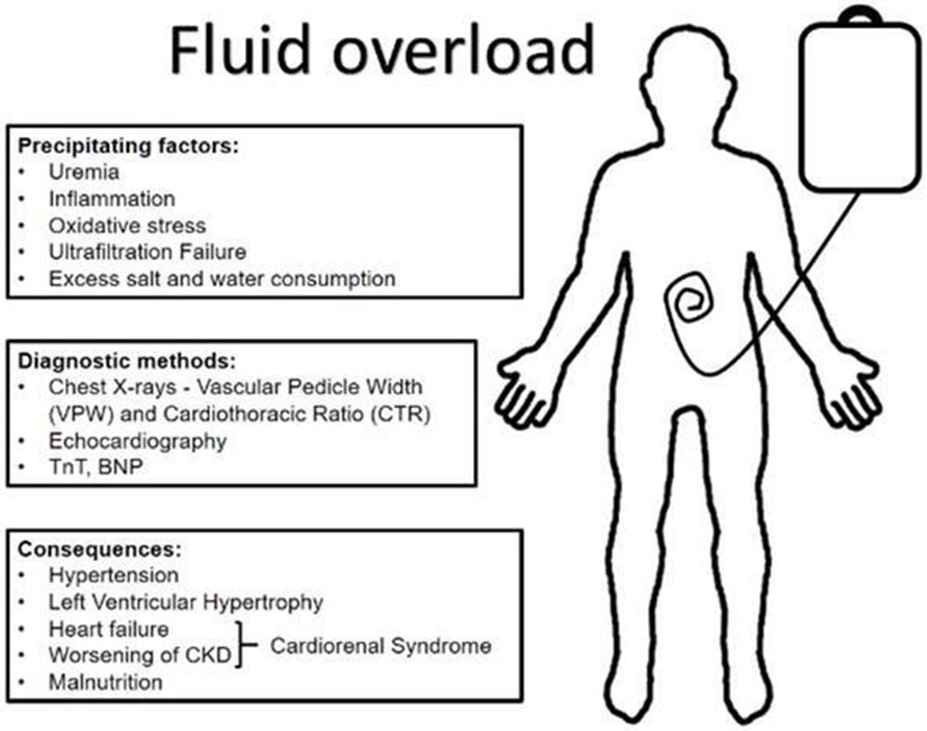A client is receiving IV fluids at 150 mL/hr. Which of the following findings indicates that the client is experiencing fluid overload?
Oliguria
Bradycardia
Dyspnea
Poor skin turgor
The Correct Answer is C
- A. Oliguria. This is incorrect because oliguria, or decreased urine output, is a sign of fluid volume deficit, not fluid volume overload.
- B. Bradycardia. This is incorrect because bradycardia, or slow heart rate, is not a typical sign of fluid volume overload, unless the client has a cardiac condition that affects the heart's response to fluid overload.
- C. Dyspnea. This is correct because dyspnea, or difficulty breathing, is a common sign of fluid volume overload, as excess fluid accumulates in the lungs and impairs gas exchange.
- D. Poor skin turgor. This is incorrect because poor skin turgor, or decreased elasticity of the skin, is a sign of dehydration, not fluid volume overload.

Nursing Test Bank
Naxlex Comprehensive Predictor Exams
Related Questions
Correct Answer is D
Explanation
Maintain sterile objects within the line of vision.
- A. Hold hands folded below the waist after donning sterile gloves. This is incorrect because holding hands below the waist can contaminate the gloves with microorganisms from the floor or clothing.
- B. Pick up and pour solutions with the palm of the hand covering bottle labels. This is incorrect because covering bottle labels can obscure important information such as expiration dates or ingredients.
- C. Keep sterile items within a 1.3 cm (0.5 in) border of the sterile drape. This is incorrect because the border of the sterile drape is considered contaminated and any sterile item that touches it becomes contaminated as well.
- D. Maintain sterile objects within the line of vision. This is correct because keeping an eye on sterile objects ensures that they are not accidentally touched by nonsterile items or persons.
Correct Answer is D
Explanation

- A is incorrect because IV tubing for total parenteral nutrition should be changed every 24 hours to prevent infection.
- B is incorrect because abdominal distention is not an expected effect of total parenteral nutrition. It could indicate a complication such as fluid overload or bowel obstruction.
- C is incorrect because gastric residual is not relevant for total parenteral nutrition, which bypasses the gastrointestinal tract.
- D is correct because weight measurement is an important indicator of fluid balance and nutritional status for clients receiving total parenteral nutrition.
Whether you are a student looking to ace your exams or a practicing nurse seeking to enhance your expertise , our nursing education contents will empower you with the confidence and competence to make a difference in the lives of patients and become a respected leader in the healthcare field.
Visit Naxlex, invest in your future and unlock endless possibilities with our unparalleled nursing education contents today
Report Wrong Answer on the Current Question
Do you disagree with the answer? If yes, what is your expected answer? Explain.
Kindly be descriptive with the issue you are facing.
